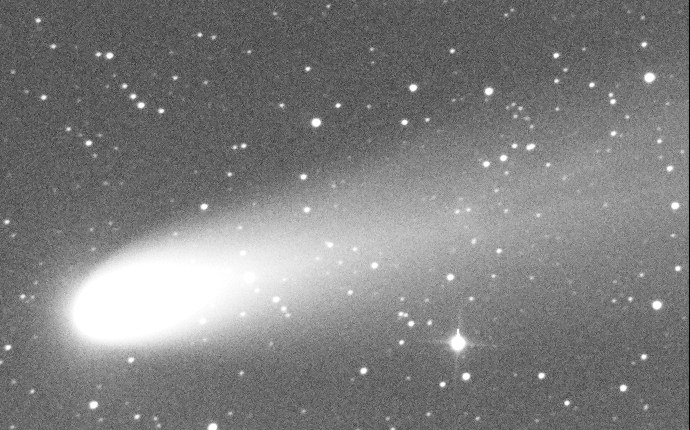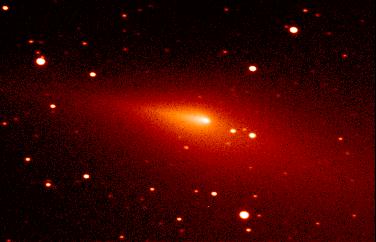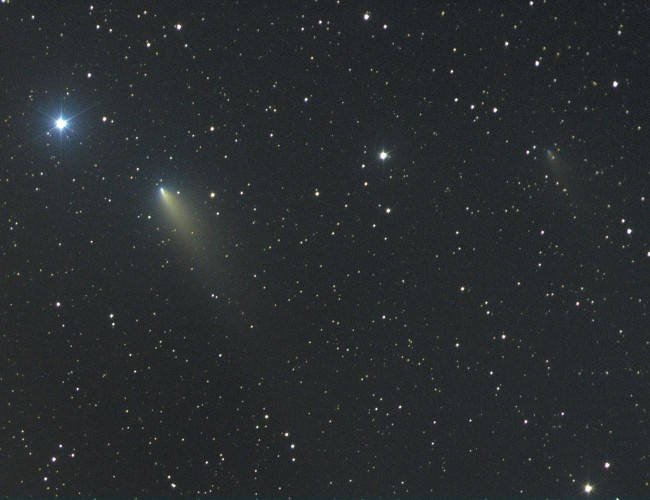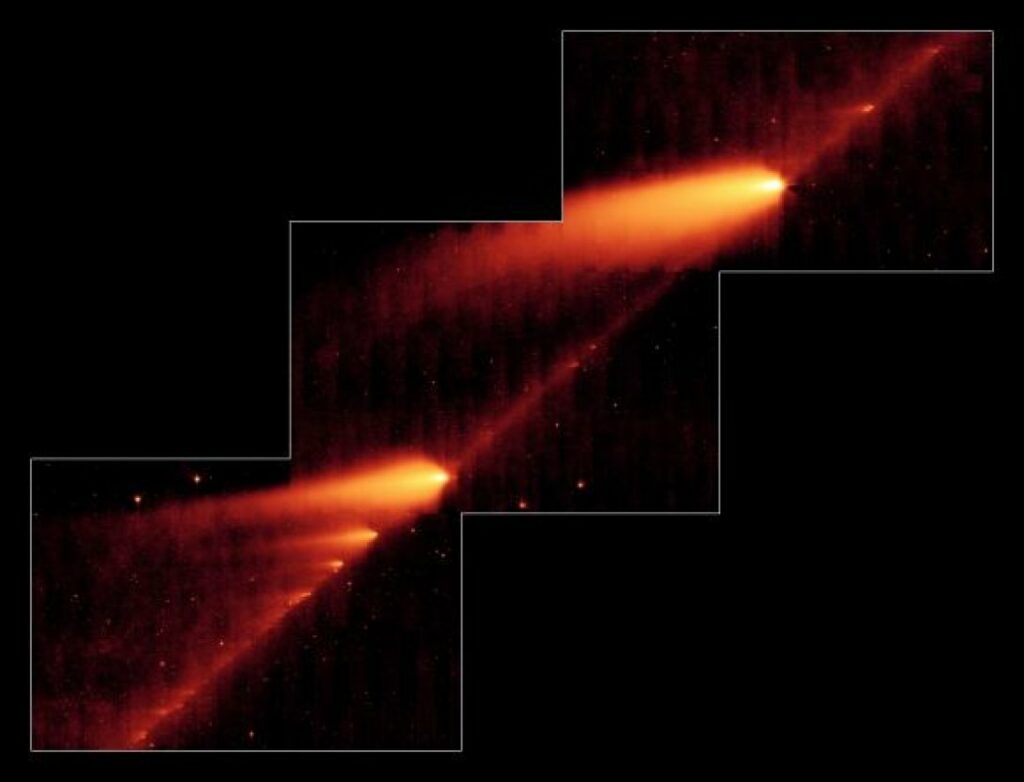So it happens that astronomers have almost always discovered a comet first, and only then a meteor shower associated with it. Only in a few cases, mainly related to streams known since ancient times (Lyrids, Leonids), the sequence of discoveries was reversed. The history of the Schwassmann-Wachmann-3 comet, discovered almost simultaneously with the τ-Herculids meteor swarm generated by it, is exceptional here. In the coming days, it can entertain us producing a real “star rain”.
The object, designated 73P / Schwassmann-Wachmann in the catalog of short-period comets, was discovered on May 2, 1930 by Arnold Schwassmann and Arthur Wachmann of the Hamburg Observatory. This was the third “tailed star” discovered by them together. Like the previous two, the comet was short-period. Calculations of its orbit showed that it has the ability to approach the Earth, and this is exactly what it is going to do on May 31 this year, flying at a distance of 0.062 AU. (9.2 million km) from our planet.

At that time, meteor astronomy was already quite advanced, and scientists immediately suggested that some dust particles ejected by the Schwassmann-Wachmann-3 comet may enter the Earth’s atmosphere, forming meteors. Calculations even allowed us to predict the approximate position of their radiant — the point in the sky from where they “take off”. In late May, the staff of the Japanese Kwadzan Observatory actually managed to see them. According to their observations, the radiant was located near the star τ (tau) of the Hercules constellation, near the calculated position.
The flow of τ-Herculides has since been observed annually, but the comet itself was “lost” during its next appearance: since in 1935 it approached the Sun in an unfavorable configuration relative to the Earth, the instruments of the time did not allow to see it. It was “lost” until August 1979, when it was finally rediscovered at the Perth Observatory in Australia. On its return in 1990, it passed relatively close to our planet and was available to amateur instruments.
The appearance of 1995 again seemed not very successful for the Schwassmann-Wachmann-3 comet, but it was then that it surprised observers: on September 17, astronomers saw a real “tailed star” of almost 8th magnitude at the site of a faint 13th magnitude nebula, and its total brilliance continued to grow. Photographs taken later by the Hubble Space Telescope showed an elongation of the comet’s nucleus, which almost unequivocally indicated its decay. In October, the brightness of the comet reached the 6th magnitude, ie on the edge of visibility limit for the naked eye. After that, it weakened a little, then became brighter again, and in December, terrestrial observatories clearly registered its decay into four components, denoted by the Latin letters A, B, C and D.

It is easy to guess that the decay of the nucleus was accompanied by the release of large amounts of comet dust. It is perfectly visible in images taken in the infrared range of the spectrum. In the spring of 2006, the comet’s “remnants” flew close to Earth again. Then it became clear that there were not just four of them, but many more, and they continue to fall apart. For several months, astronomers enjoyed the rare spectacle of a “comet train”, individual “cars” of which could be seen even without telescopes or binoculars.

Decomposition of fragment B of the Schwassmann-Wachmann-3 comet nucleus. The video is composed of successive images of the Hubble Space Telescope

The expectation that at the end of May 2006 our planet will plunge into the “dust plume” of the comet and we can see it in the form of meteor showers did not come true. But earlier this year, meteor astronomers, after detailed calculations of the evolution of the τ-Herculid swarm due to the gravity of large planets, made an unexpected prediction: in the night of May 30-31, 2022, the Earth will pass through a cloud of comet dust ejected during the first “act of disintegration”27 years ago.
The assessed intensity of meteor showers in its maximum can reach from several hundred to thousands of “shooting stars” per hour. However, we are unlikely to see it in the Eastern Hemisphere: the peak of activity is likely to take place between 5:00 and 8:00 World Time, when Ukraine will already have a day. The inhabitants of the American continent are the luckiest. But let’s not forget that all predictions about comets and meteors should be taken tentatively — this category of objects in the solar system often behave completely unpredictably. Therefore, it is advisable to start the observations on the evening of May 30 and continue them for the next couple of nights. It is possible that Ukrainian astronomers will be lucky to witness a beautiful celestial phenomenon. The new moon will not create additional obstacles, so a clear night sky will be the main factor of success.
